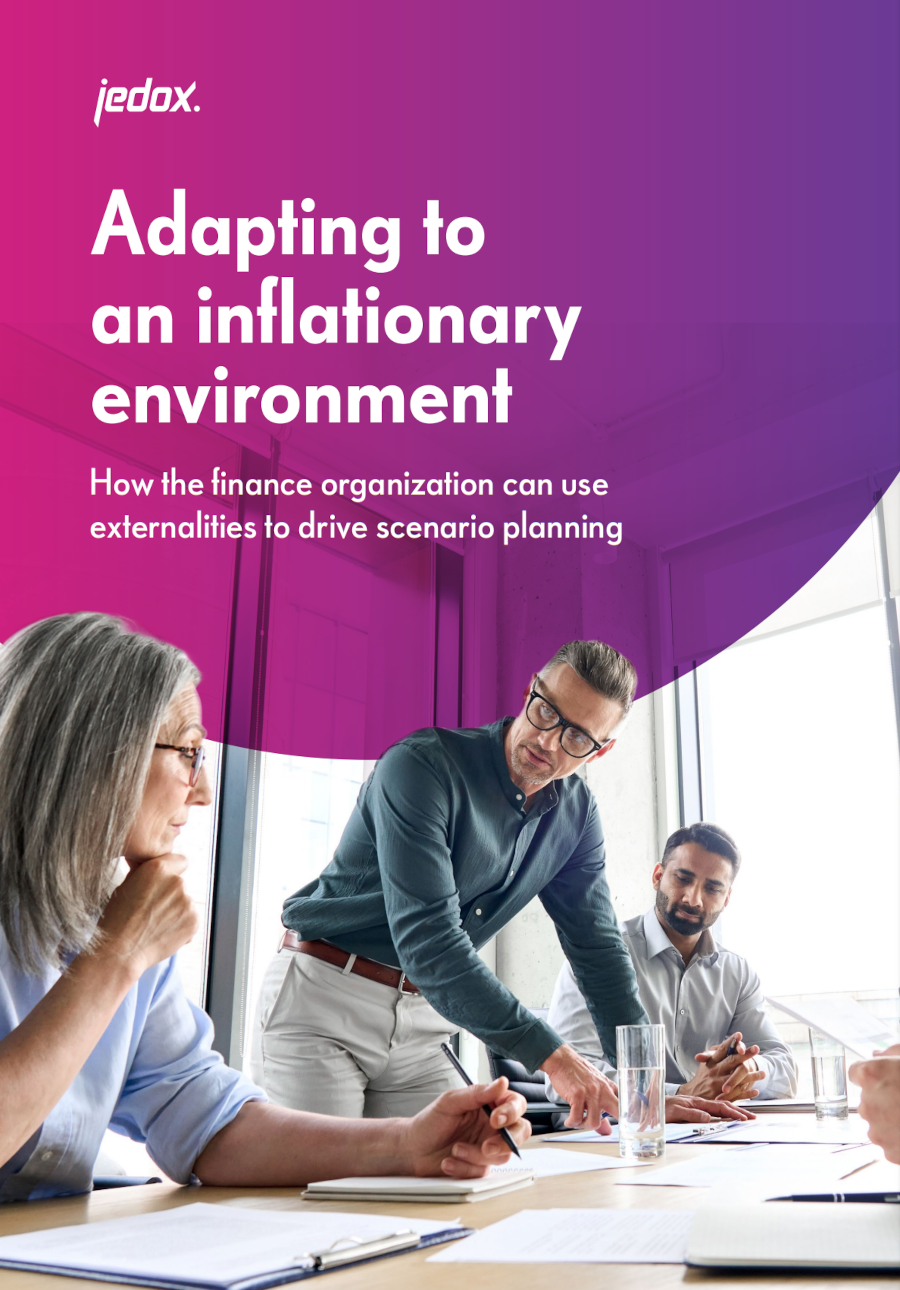Introduction
The financial planning and analysis (FP&A) landscape has changed dramatically over the last few years due to many challenges, including a global pandemic, geopolitical conflict, energy crises, climate change, cyberattacks, and remote work. In addition, a rapid rise in prices and interest rates started in 2022 and continues to garner international concern and action. In many countries, inflation has reached 40-year highs, and energy and food prices have seen the biggest price increases.
The impact of inflation has been felt worldwide as people struggle to afford the rapidly increasing costs of basic needs such as housing, food, and energy. Inflation also affects organizations as rising costs of labor and raw materials strain profit margins. Inflation has historically been relatively stable throughout the developed world and has been a simple assumption based on historical trends; however, today’s turbulent times require organizations to not only manage inflation, but plan for it as well.
“Price stability is the responsibility of the Federal Reserve and serves as the bedrock of our economy. Without price stability, the economy does not work for anyone. The burdens of high inflation fall heaviest on those who are least able to bear them.1”
Jerome Powell, Chair of the US Federal Reserve

